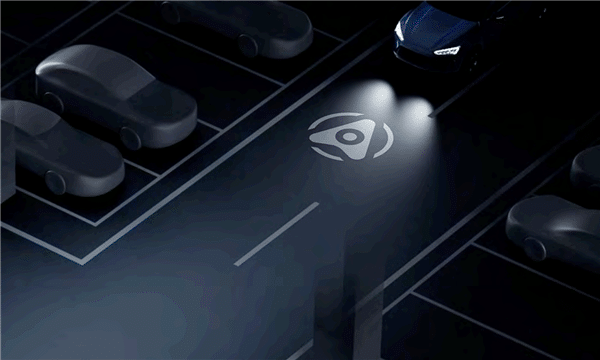On the eve of the Beijing Auto Show Huawei held its Intelligent Vehicle Solution Conference and notably unveiled its new intelligent driving brand Qiankun. The name is to do with strength and self-improvement of the sky implying an upward breakthrough and leading the future. It forms part of Huawei’s intelligent vehicle solutions package and should begin to be used by partners soon.
Jin Yuzhi, CEO of Huawei’s Intelligent Solutions business unit, announced the launch of Qiankun ADS 3.0 intelligent driving system at the event giving a new name for the ADS system. The previous version was simply known as Huawei ADS 2.0 and the new Qiankun ADS 3.0 represents a comprehensive upgrade and evolution of the system in terms of mapless intelligent driving, collision avoidance and all-scenario parking.
Road and scene recognition in ADS 3.0 is vastly improved thanks to cloud and real vehicle training. This allows the system to understand the situation and make decisions closer to an experienced human driver. ADS 3.0 sees the upgrading to the GOD network (general obstacle detection) which builds upon the architecture seen with bird’s eye view (BEV) network and GOD network seen in ADS 2.0.

Critically Huawei says that Qiankun ADS 3.0 is the industry’s first product to allow Navigation Cruise Assist (NCA) from parking space to parking space. Yesterday we brought you news of the Luxeed S7’s new parking capability and this we now know is part of the Qiankun upgrade. Qiankun 3.0 allows the driver to get out of the car and walk away immediately after selecting the target parking space. The system supports parking in all visible parking spaces and is not restricted to certain types.

Also included as part of the upgrade to Qiankun ADS 3.0 are improved capabilities for the omnidirectional collision avoidance system (CAS) to CAS 2.0 standard. Specifically the improvements involve front, rear and side collision avoidance. It’s claimed that an Aito M9 fitted with CAS 2.0 in a test performs better than comparable models in various scenarios including pedestrian crossing, and meeting a pedestrian when turning left.
These are all capabilities of the high-end version which is dependent on Lidar, there is also a Qiankun SE version for non-Lidar equipped vehicles which presumably replaces the Huawei ADS Basic Intelligent Driving system currently offered.
Also making up part of the Qiankun brand are the Qiankun iDVP intelligent vehicle digital platform, Qiankun Vehicle Control Module, and XMotion 2.0 Body Motion Collaborative Control. Huawei claim that the Qiankun vehicle control module is the world’s first 5-in-1 vehicle control SoC (system on chip) leading technology in terms of its high integration, high performance, low latency, high reliability and high security. Meanwhile, the XMotion 2.0 system uses 6D vehicle motion algorithms to improve driving performance and bring a better driving experience. It provides stability control at speeds up to 120 km/h and can keep the car stable during events such as punctures, high-speed obstacle avoidance and can achieve a speed of 84 km/h in the moose test. Adaptive slip control means that a car fitted with the system on a slippery road does not skid, push out the head or flick the tail.
Huawei said at the conference that the system this year would find a home in 10 ‘new’ models to be launched in 2024 from brands including Dongfeng, Changan, GAC, BAIC, Aito, Chery and JAC.
Upgrades to the HarmonyOS cockpit system were also announced at the conference.
Sources: Autohome, Fast Technology




